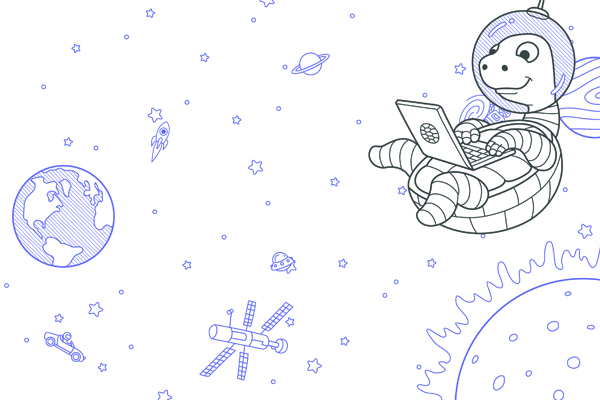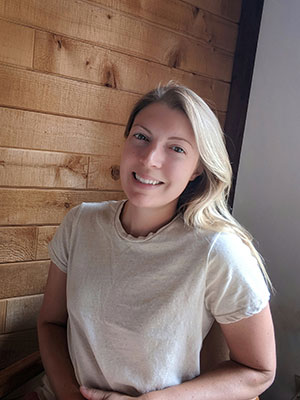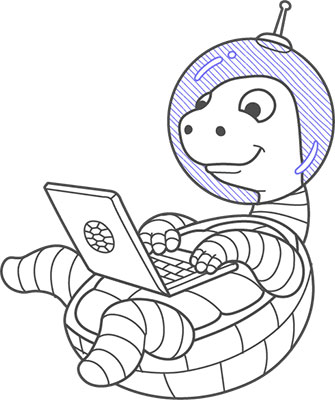Why “Turtle”?
When Vlad Lokshin was in Japan, he was struck by all the turtles he saw everywhere. “Turtles are a symbol of longevity; they’ve been around forever, since the dinosaurs,” he says. He draws the connection to a core company value: “We think about forming teams thoughtfully and slowly, so they actually stick around and those companies actually survive.
“We wanted something that has a positive connotation just about anywhere,” he adds, “and there are a lot of other international interpretations that are positive because we work in and hire people in more than 15 different countries.”




